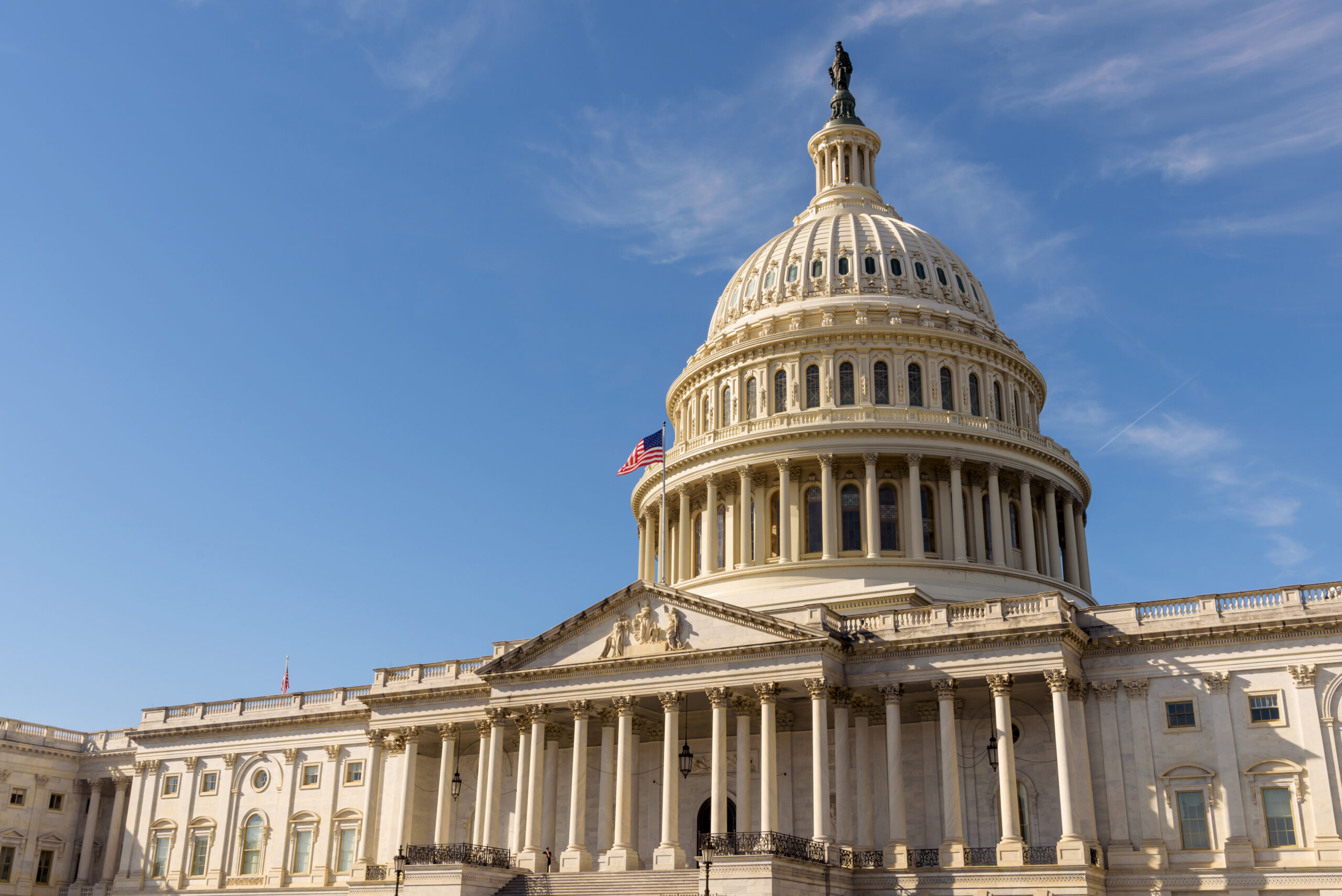Maximizing Opportunities at the U.S. Government Fiscal Year-End

Why September Is the Super Bowl for Government Contractors
As September approaches, government contractors enter a final, high-stakes stretch: the end of the federal fiscal year on September 30. Agencies are scrambling to spend remaining funds, making this period arguably the most hectic and opportunity-rich part of the fiscal cycle.
Consider the scale: in FY 2024, the U.S. government spent $6.75 trillion, well above its revenue, resulting in a sizable deficit. The FY 2025 Budget Request outlines a $7.3 trillion total spending plan with $1.879 trillion in discretionary funding—split between $884 billion for defense and $995 billion for non-defense priorities. Agencies are under immense pressure to obligate funds before they expire, and this creates a flurry of contracting activity.
For contractors, September is like the Super Bowl of federal contracting. Agencies are moving fast, budgets are flowing, and those who are prepared can capture awards that define not only their September, but their success in FY 2026.
What's Inside the Article
Government contractors face their busiest season in September as agencies rush to obligate funds before year-end. This article highlights proven strategies—from leveraging agency forecasts to ensuring FAR/DCAA compliance—that help contractors capture last-minute opportunities and set the stage for FY 2026 success.
1. Tap into Agency Forecasts Early
A common contractor question in September: How do we know which agencies still have money left?
Forecasts are a contractor’s early warning system. Agencies publish detailed forecasts of Contract Opportunities that identify upcoming procurements, often valued at more than $150K, and highlight whether they are set aside for small businesses.
Tools like USAspending and FiscalData provide real-time obligation data. Look for spikes in obligations by NAICS code to see where agencies are moving quickly. Focus BD efforts on historically active year-end spenders: DoD, VA, DHS, and HHS.
“Use it or lose it” behavior is real—and savvy contractors can align themselves with agencies racing to obligate before Sept 30.
By studying these forecasts, contractors can:
During the fiscal year-end, contracting officers and Small Business Specialists (SBSs) are stretched thin. Contractors who have invested in relationships throughout the year—and maintain consistent communication in September—gain a real edge. Reconnect with SBSs using forecasts as conversation starters.
Proactive contractors use forecasts as roadmaps, positioning themselves weeks or months before solicitations even hit the street.
2. Sharpen Operational and Accounting Readiness
Winning contracts at year-end is only half the challenge—delivering them while meeting compliance standards is where credibility is built. September brings unique GovCon-specific accounting processes:
Revenue Recognition & Cutoffs
- Confirm all invoices for work through Sept 30 are recorded.
- Ensure revenue is recognized properly under FAR and GAAP, especially for cost-reimbursable or T&M contracts.
- Reconcile unbilled revenue for completed work not yet invoiced.
Accruals & Deferrals
- Set up accruals for subcontractor costs, travel, and materials incurred but not invoiced.
- Reverse accruals in the next period after invoices arrive.
Indirect Rate True-Ups
- Compare actual indirect rates with provisional billing rates used during the year.
- Record adjustments per FAR 42.7 to ensure accuracy before moving into FY 2026.
This level of accounting precision not only ensures compliance but also builds confidence with auditors and contracting officers.
3. Federal Reporting & Compliance Requirements
The government also closes its books on Sept 30, which means contractors face added reporting and compliance work:
These steps are not optional—they’re critical for staying in the government’s good graces while positioning for future awards.
4. Budgeting & Forward Planning for FY 2026
The fiscal year-end is also a natural checkpoint for looking forward:
- Pipeline Alignment: New funds are released Oct 1. Contractors should be aligning forecasts, proposals, and staffing to these refreshed budgets.
- Indirect Rate Modeling: Update provisional billing rates to reflect new projections.
- Cash Flow Forecasting: Payments can spike or slow in Q4; forecasting ensures liquidity during these swings.
Treat September not only as a closeout month, but as the launch pad for FY 2026 capture strategy.
5. DCAA & FAR-Related Implications
September also cues heightened audit attention from the Defense Contract Audit Agency (DCAA) and other oversight bodies. To avoid pitfalls:
- Reconcile labor distribution reports in detail.
- Segregate unallowable costs under FAR Part 31.
- Document internal controls to demonstrate compliance.
Audit-readiness is critical. Getting caught off-guard can turn year-end wins into painful compliance issues.
6. Execute Quickly with Precrafted Proposals
Deadlines shrink in September. Many solicitations have just a few days for response. To keep pace:
- Build proposal templates for core services that can be rapidly customized.
- Preprice offerings to eliminate last-minute math.
- Store compliance documents (reps & certs, past performance, resumes) in one place for easy attachment.
Think of this as “proposal readiness drills.” Quick, error-free responses multiply your chances of winning before the fiscal year closes.

Final Thoughts
September is the Super Bowl of federal contracting—a month where opportunity and risk both peak. Contractors who pair business development agility with accounting and compliance rigor will not only win awards but also deliver them successfully, building long-term agency trust.
At Iuvo Systems, we help government contractors navigate fiscal year-end with confidence by:
- Strengthening accounting and compliance processes for FAR/DCAA readiness.
- Helping contractors optimize pipelines and budgets as they transition into FY 2026.
👉 Ready to maximize year-end opportunities? Let’s connect to ensure you finish FY 2025 strong and enter FY 2026 even stronger.
📅 Ready to Strengthen Your Operations?
Let’s talk about how Iuvo can help you reduce operational burden, improve financial visibility, and stay one step ahead of audits and reporting demands.
Explore our full capabilities and services.
Iuvo means “to help and to support” in Latin. True to our mission of being a trusted partner in the success of government contractors.
About Iuvo:
Iuvo Systems is a certified 8(a) and Minority Business Enterprise (MBE) small business with over 16 years of experience specializing in outsourced accounting & financial services, data analytics & reporting, enterprise system solutions, and GovCon staffing solutions for government contractors and agencies. Iuvo Systems provides expertise in all aspects of Government Contracting, DCAA, FAR, and CAS. We are headquartered in Washington DC metro area with an office in Atlanta, GA. We proudly serve clients across the nation and extend our expertise to support operations outside the continental United States (OCONUS).
